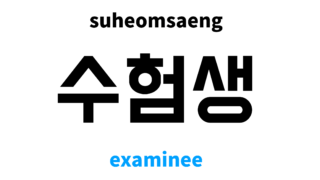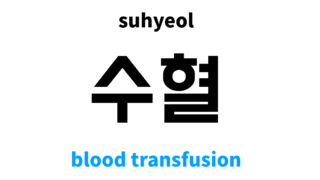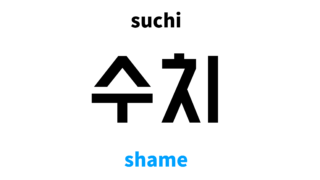 Advance ㅅ
Advance ㅅ examination in Korean: 수험’s meaning and pronunciation
examination in Korean is 수험. For examples, you can use like [수험 과목, 수험 공부]. In this post you will learn how to pronounce and use examination in Korean along with examples.
 Advance ㅅ
Advance ㅅ  Advance ㅅ
Advance ㅅ  Advance ㅅ
Advance ㅅ  Advance ㅅ
Advance ㅅ  Advance ㅅ
Advance ㅅ  Advance ㅅ
Advance ㅅ  Advance ㅅ
Advance ㅅ  Advance ㅅ
Advance ㅅ  Advance ㅅ
Advance ㅅ  Advance ㅅ
Advance ㅅ